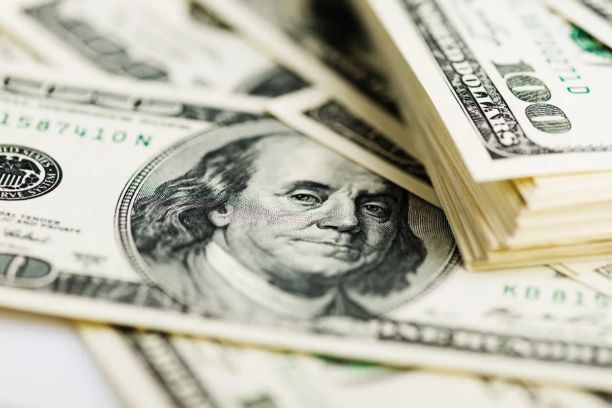
US Dollar Index loses ground as traders adopt caution following Trump’s comments to write tariff letters to other countries.
Trump’s “one big, beautiful” tax bill passed the House of Representatives, featuring tax cuts aimed at boosting economic growth.
The solid US labor market data dampened the odds of the Fed cutting interest rates.
The US Dollar Index (DXY), which measures the value of the US Dollar (USD) against six major currencies, is retracing its gains registered in the previous two sessions, trading lower around 96.90 during the Asian hours on Friday. The Greenback faces challenges as traders adopt caution amid prevailing uncertainty on US President Donald Trump's plans for tariffs on various countries.
According to Reuters, President Trump told reporters on Thursday that he “will begin sending letters on trade tariffs starting Friday.” He stated that he planned to send letters to 10 countries at a time, outlining proposed tariff rates ranging from 20% to 30%.
“One big beautiful” tax bill passed the House of Representatives and was sent to Trump for signing into law. The legislation includes significant tax cuts designed to stimulate economic growth. Trump lauded the bill's passage on Truth Social, calling it a “historic victory for American workers, families, and businesses.”
However, the US Dollar received support as stronger-than-expected jobs growth and a lower unemployment rate in the United States (US) weakened the expectations of the Federal Reserve’s (Fed) rate cuts.
On Thursday, the US Nonfarm Payrolls (NFP) indicated that the US labor force grew by 147,000 jobs, surpassing the anticipated 110,000 in June. Additionally, the Unemployment Rate declined to 4.1% from 4.2%. Meanwhile, weekly Jobless Claims fell to 233,000, down from 237,000, reflecting a resilient US labor market.
US Dollar PRICE Today
The table below shows the percentage change of US Dollar (USD) against listed major currencies today. US Dollar was the weakest against the Japanese Yen.

The heat map shows percentage changes of major currencies against each other. The base currency is picked from the left column, while the quote currency is picked from the top row. For example, if you pick the US Dollar from the left column and move along the horizontal line to the Japanese Yen, the percentage change displayed in the box will represent USD (base)/JPY (quote).
* The content presented above, whether from a third party or not, is considered as general advice only. This article should not be construed as containing investment advice, investment recommendations, an offer of or solicitation for any transactions in financial instruments.


